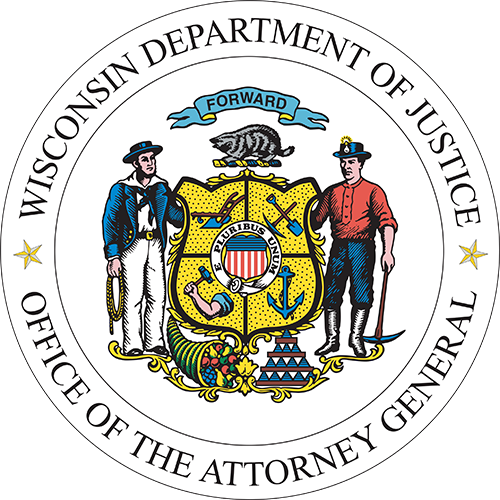Heroin Awareness
Heroin: A Dangerous Epidemic
Traditionally thought of as a problem confined to big cities, desperate people and dark alleys, heroin has found a new foothold in Wisconsin’s small towns and suburban communities. And its victims aren’t hardened addicts, either. They’re teens and young adults from all walks of life.
Heroin is an illegal and highly addictive drug that can be smoked, sniffed or injected directly into the bloodstream. Many young people are turning to heroin now that prescription drugs—the most commonly used illegal substance among teens besides marijuana—have become more difficult to obtain and abuse. Heroin is cheap, just $10 or $20 on the streets. And its increasing popularity has made the drug that much easier to get.
In its purest form, heroin (also called white, cheeva, brown sugar, Juan, tar and H) is a fine white powder. But street heroin looks grey to dark brown or black and can have a tar-like consistency. That’s because dealers “cut” the drug with other substances, from Benadryl and sugar to quinine and caffeine. These additives make it impossible to know a dose’s strength or purity. And since heroin can dangerously slow heart and lung functions, every hit is an enormous risk.
The numbers reveal a growing epidemic. The number of heroin cases processed by the state crime lab has steadily increased in almost every Wisconsin county throughout the last three years. So have the number of heroin-related deaths, rising about 50 percent last year to 199, according to a recent survey of county coroners. By comparison, Wisconsin averaged 29 such deaths each year from 2000 to 2007. Click here for the Wisconsin Heroin Assessment, a joint intelligence assessment by the Wisconsin Heroin Working Group (WHWG), which includes representatives from two law enforcement agencies, two intelligence fusion centers and one drug enforcement program.
The Wisconsin Department of Justice is committed to fighting the spread of heroin and heroin-related crime, as well as helping Wisconsin families overcome heroin addiction’s damaging effects.
Since the Wisconsin Department of Justice launched The Fly Effect prevention campaign in late September of 2013, many local law enforcement agencies, in cooperation with other local stakeholders, have held public awareness events to educate their communities about the effects of Heroin locally. Below is a map illustrating events across Wisconsin in which the Department of Justice, or the Department’s Division of Criminal Investigation (DCI), has participated in community outreach. Click on the square in the right corner of the map for a full-screen illustration. The campaign’s printed materials (above) also may be downloaded, printed, and shared in your community to raise awareness about the impact of Heroin in Wisconsin.
